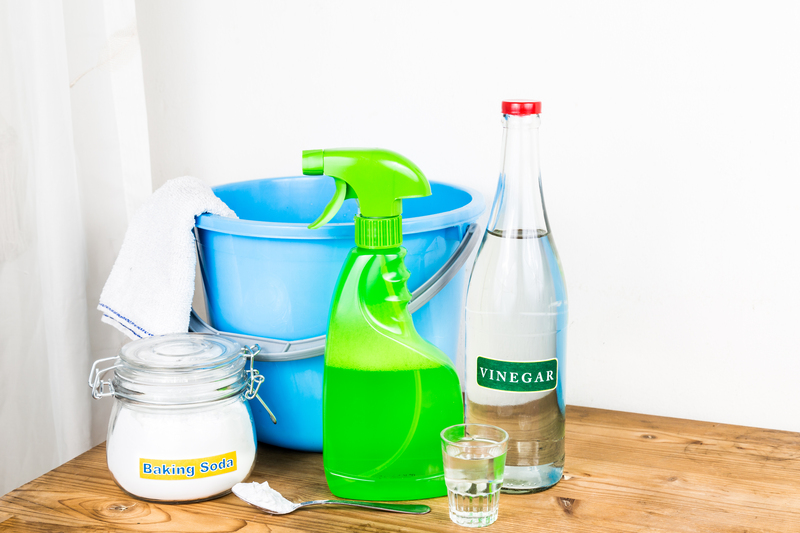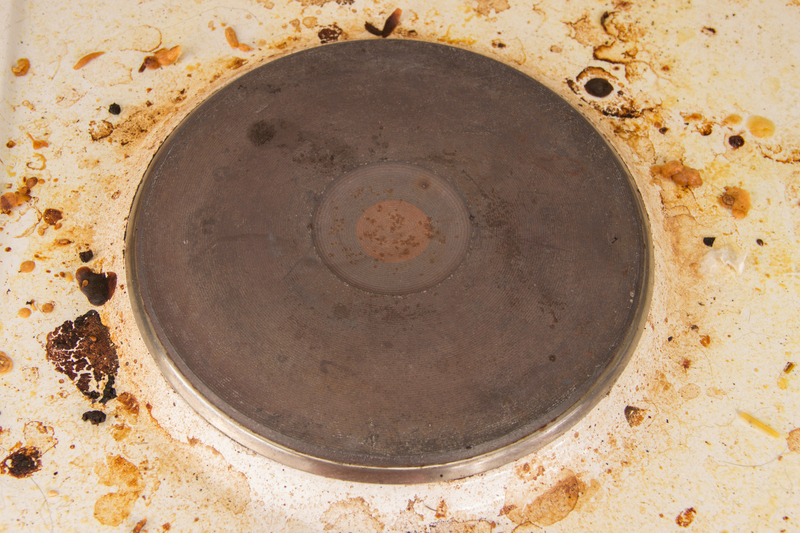Avoid Mold Growth in Your Bathroom
Posted on 01/07/2025
Mold is not only unsightly but can also pose significant health risks. Bathrooms, being humid spaces, are particularly susceptible to mold growth. The key to keeping your bathroom mold-free is to understand the conditions that favor mold growth and how to counteract them effectively.
Understanding Mold: What Is It?
Mold is a type of fungus that thrives in moist conditions. It can grow on various surfaces, such as tiles, grout, ceilings, and even on towels. Mold spores are everywhere, but they need a combination of moisture, food sources (like soap scum and debris), and a suitable temperature to grow.

Key Areas Where Mold Commonly Grows
- Tiles and Grout
- Shower Curtains
- Bathroom Ceilings and Walls
- Under Sinks and Around Plumbing Fixtures
Effective Strategies to Prevent Mold Growth
Regular Cleaning: Clean your bathroom regularly to prevent soap scum and dirt buildup, which can provide a food source for mold.
Ventilation: Ensure your bathroom is well-ventilated. Use an exhaust fan during and after showers, and consider leaving a window open to allow fresh air to circulate.
Dehumidifiers: Use a dehumidifier to reduce moisture levels, especially in climates with high humidity.
Waterproofing Solutions: Apply waterproof coatings to tiles and grout. Seal any cracks or leaks promptly.
Material Choices: Opt for mold-resistant materials in your bathroom. There are mold-resistant paints, shower curtains, and even drywall.
DIY Mold Removal Tips
Vinegar: Spray white vinegar on moldy areas and let it sit for an hour before scrubbing.
Baking Soda: Make a paste of baking soda and water, apply it to the moldy area, and scrub after a few minutes.
Hydrogen Peroxide: Apply a 3% hydrogen peroxide solution to moldy surfaces, wait for 10 minutes, then scrub clean.
Bleach: A diluted bleach solution can kill mold on non-porous surfaces. Ensure the area is well-ventilated when using bleach.
Pros and Cons of Preventing Bathroom Mold
Pros:
- Health Benefits: Reduces the risk of respiratory issues and allergies.
- Aesthetic Appeal: Keeps your bathroom looking clean and new.
- Longevity: Prevents structural damage to your bathroom over time.
Cons:
- Time-Consuming: Regular efforts and time are required to keep the bathroom mold-free.
- Cost: Purchasing mold-resistant materials or dehumidifiers can be expensive.
- Maintenance: Continual monitoring and maintenance are necessary to prevent mold recurrence.

Takeaways
- Mold thrives in moist, warm environments; reducing humidity is key.
- Regular cleaning and quick repairs can prevent mold growth.
- Using mold-resistant materials and solutions can significantly reduce mold risks.
Conclusion
Preventing mold growth in your bathroom is essential for both health and hygiene. By adopting proactive measures such as regular cleaning, proper ventilation, and using mold-resistant materials, you can keep mold at bay. Though it requires effort and sometimes investment, the benefits of a mold-free bathroom far outweigh the drawbacks. Stay vigilant, and your bathroom will remain a safe and pleasant space.




